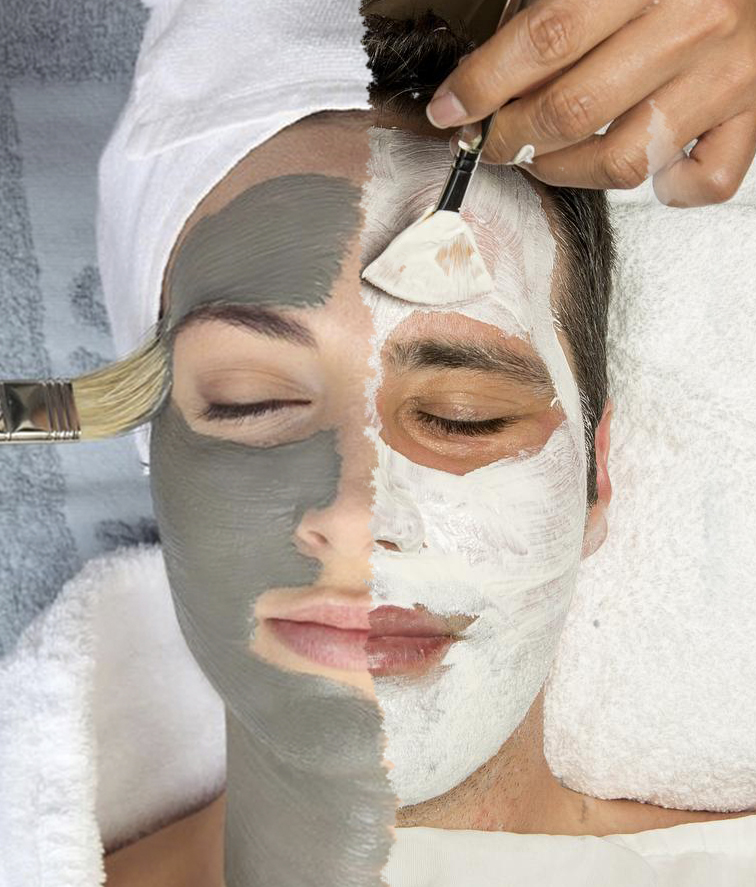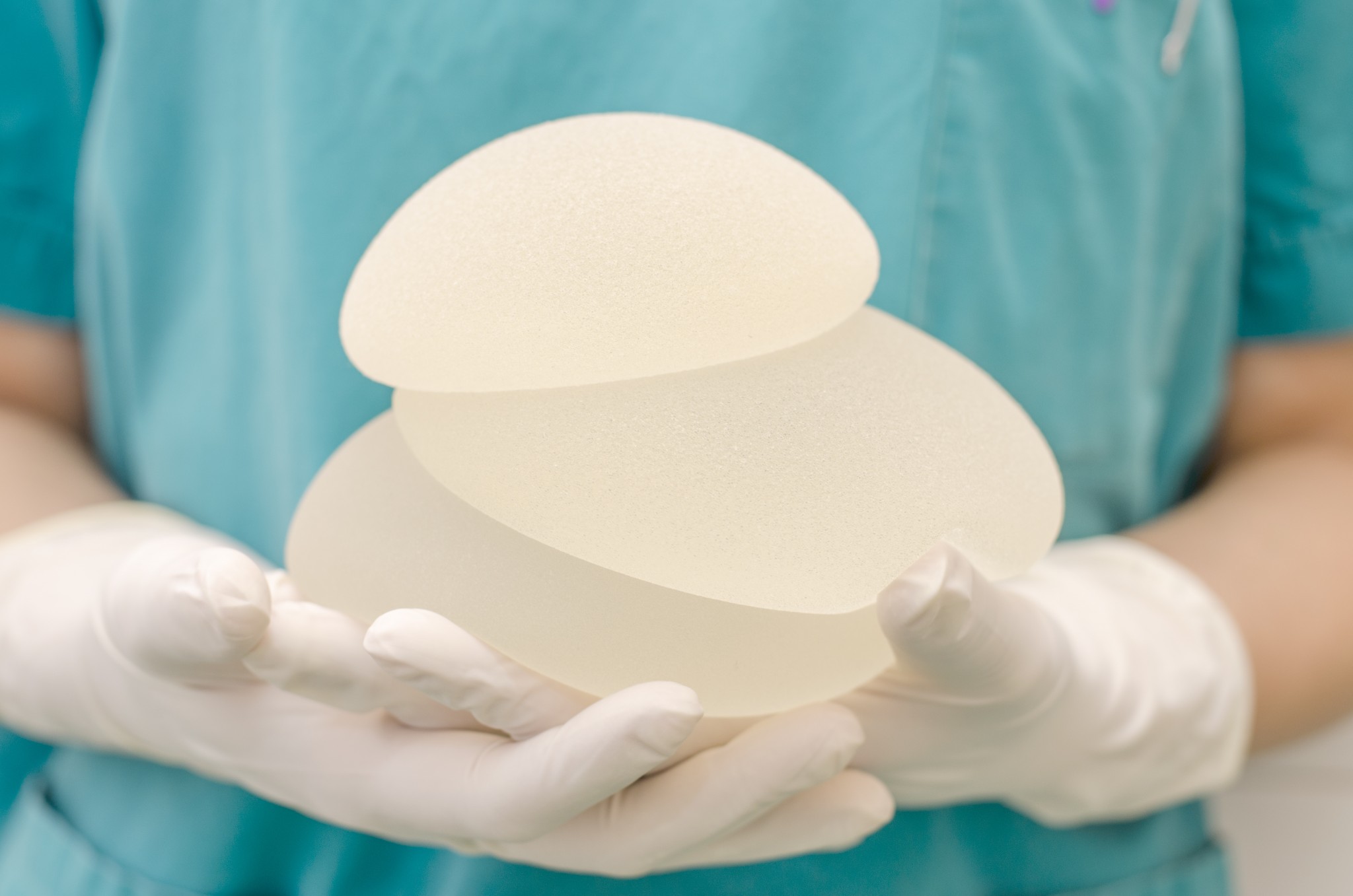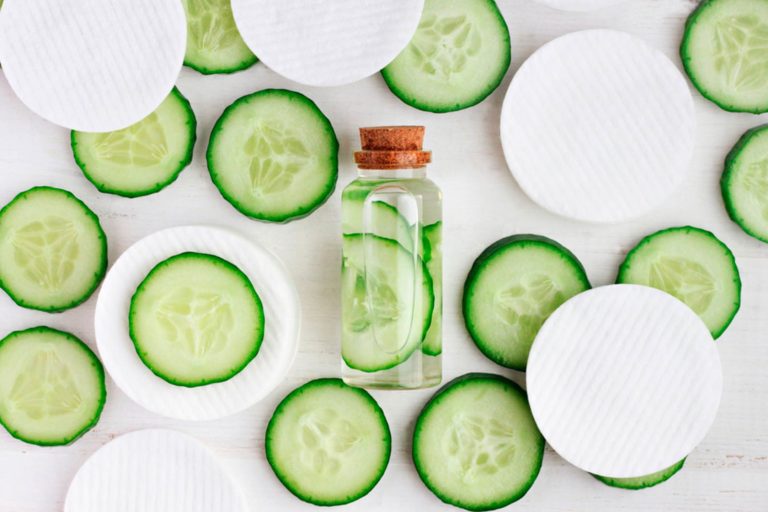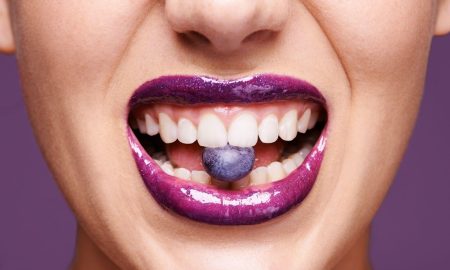
When it comes to the cost of beauty, gender inequality is real.
What is largely known as the “Pink Tax” amounts to a 13 percent premium on women’s personal care products compared to men’s, according to a study by the New York City Department of Consumer Affairs. From deodorants to razors, “pink” products (pink because they are marketed to women and girls only) cost more than their men-targeting counterparts and gender-neutral goods.
"Price discrimination adds another layer to the wage inequality women face, making it harder sometimes for women to make ends meet," said Surina Khan, CEO of the Women’s Foundation of California, to CNBC.
To skirt the expenses, an increasing number of women are turning to their husbands’ and boyfriends’ products, especially moisturizers, hair gels and body scrubs that are considerably cheaper yet as effective. Heeding this growing phenomenon, men’s brand Anthony espoused a new slogan, “Developed for men. Borrowed by women.”
“If we could charge $60 for our Glycolic Facial Cleaner, we would do it, but we can’t,” said Tony Sosnick, founder of Anthony to New York Times. “We charge half that because the market is not at a point yet where men spend what women spend on products. And it many never be at that point.”
Yet, some specialists are sounding the alarm on women’s dabbing into men’s products. Men and women have different skins that require specific care, said Dr. Arielle Kauvar, dermatology professor at New York University School of Medicine to Bravo. “Men have higher amounts of the male hormone testosterone, which creates more body hair, larger and more active oil glands, and makes them more prone to acne. Men’s skin is also approximately 25 percent thicker because men have more collagen in their skin.”
Women’s skin, which is more sensitive and thinner than men’s, develops wrinkles easier than men’s and sags faster as collagen production decreases with age. As a result, women’s skincare focuses on combatting age and sun damage, faculties that are not as widely implemented in men’s products. This makes women’s indiscriminate adoption of men’s products counterproductive and could trigger irritation and discomfort due to the more potent men’s formulas.
Let this not prevent you, though, from raiding your significant other’s shelf for your next big beauty find, as million other women do. To be on the safe side, opt for brands under the Estee Lauder umbrella that utilize the same ingredients across their men’s and women’s lines.






















